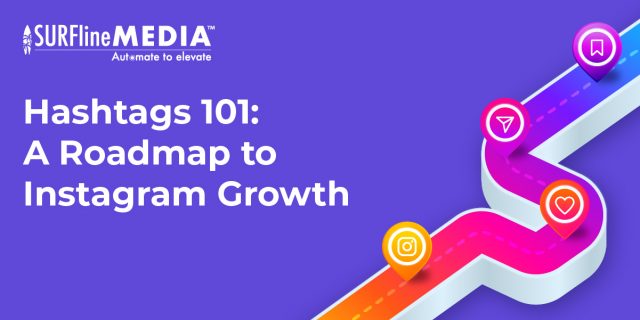
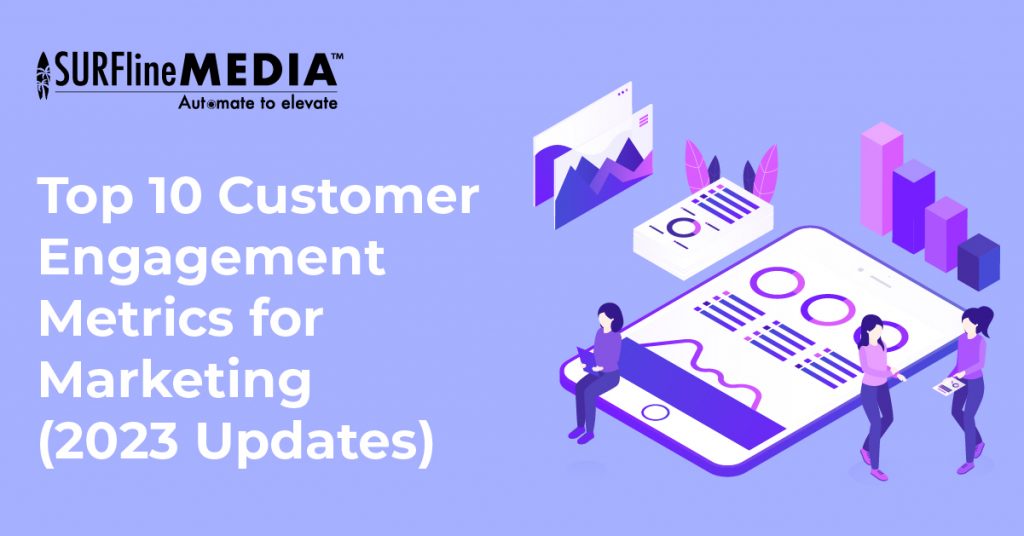
- August 31, 2023
- 1:48 pm
- No Comments
Top 10 Customer Engagement Metrics for Marketing (2023 Updates)
In today’s rapidly evolving business landscape, where customer relationships are the cornerstone of success, understanding and optimising customer engagement has become paramount for marketers. The effectiveness of marketing efforts isn’t solely measured by the number of leads generated or the volume of sales; rather, it hinges on the depth of connection established with customers. This blog delves into the essential realm of top 10 customer engagement metrics that are indispensable for modern marketers.
10. Customer Sentiment Analysis
Customer Sentiment Analysis stands as a pivotal cornerstone within the realm of customer engagement metrics. It enables businesses to decode the emotional tone underlying customer interactions, offering invaluable insights into their feelings, satisfaction levels, and overall experiences. By harnessing natural language processing and machine learning, sentiment analysis evaluates feedback from various channels—social media, surveys, reviews—unveiling sentiments spanning from elation to frustration.
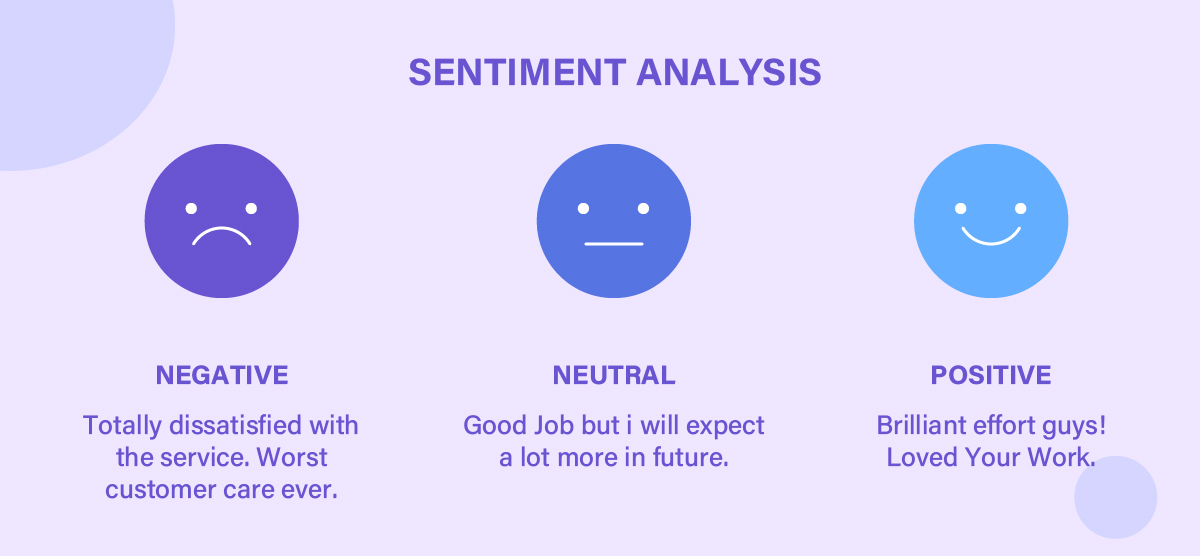
Customer Sentiment Analysis gauges emotional tones in interactions for insights into satisfaction and concerns (source: REVE Chat).
This metric isn’t merely confined to gauging customer moods; it serves as a compass guiding strategic decisions. Positive sentiments unveil areas of excellence worthy of amplification, while negative sentiments spotlight pain points requiring immediate attention. Through sentiment analysis, companies can proactively address concerns, enhance products, refine services, and cultivate stronger relationships.
9. Bounce Rate
Bounce Rate, a paramount metric in the realm of customer engagement metrics, delineates the effectiveness of a website or landing page in retaining visitors. It quantifies the percentage of users who navigate away after viewing only one page, reflective of whether the content aligns with their expectations and needs. A high bounce rate may signify incongruity between content and user intent, suboptimal user experience, or sluggish page loading.
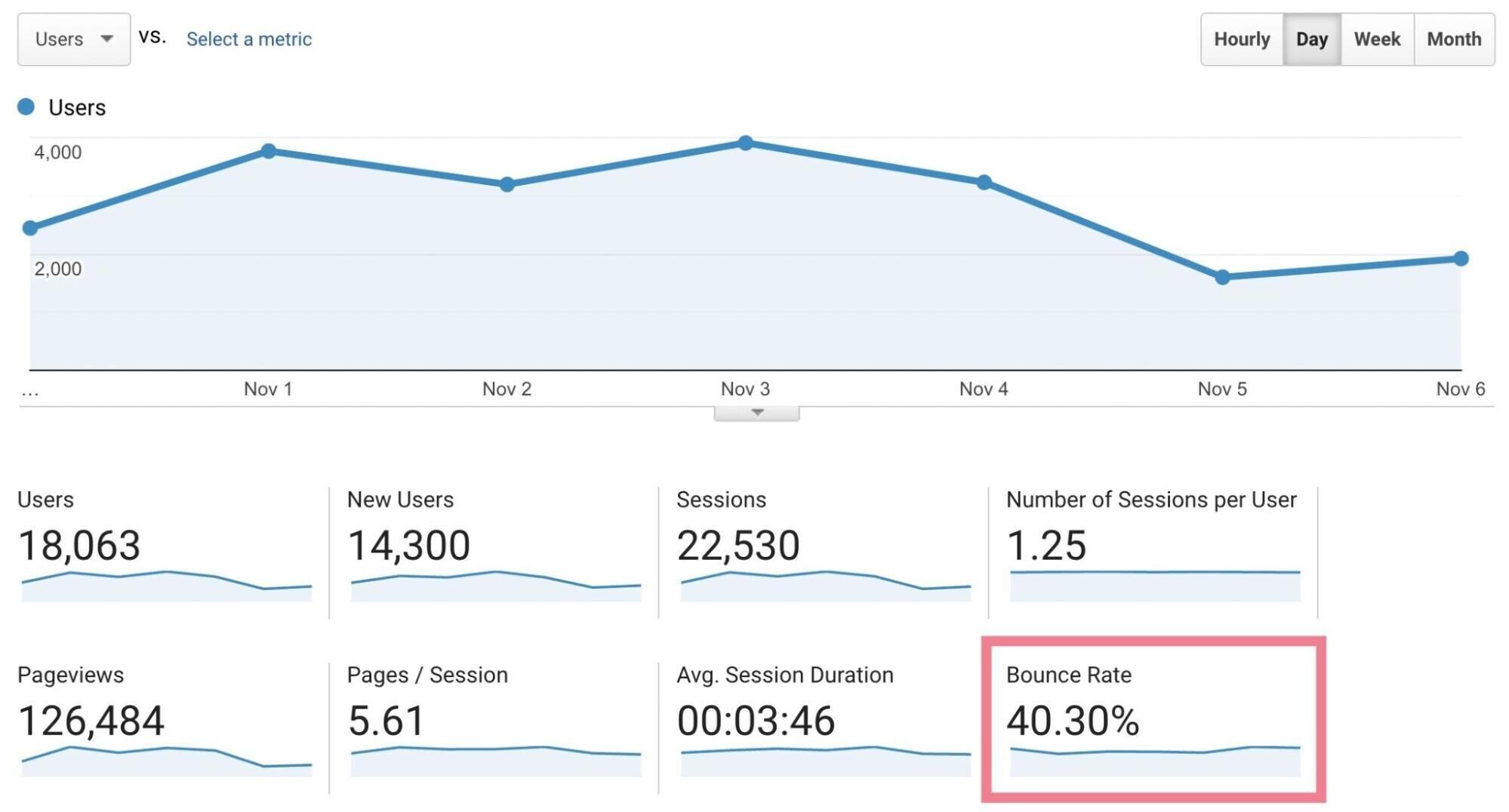
Bounce Rate shows the percentage of users leaving a page quickly, reflecting engagement quality (source: Semrush).
As a pivotal indicator of measuring customer engagement, a low bounce rate often correlates with deeper exploration and prolonged interactions. Analyzing bounce rates within various segments or traffic sources unveils insights into user behavior and content relevance. By scrutinizing this metric, businesses can fine-tune content, optimize page design, and enhance user pathways, ultimately augmenting engagement and conversion rates. Bounce Rate offers a nuanced window into the initial touchpoints of user interaction, facilitating data-driven improvements that amplify the digital landscape’s resonance with its audience
8. Time on Page
Among all customer engagement metrics, Time on Page is a pivotal one for gauging customer engagement, spotlighting user interaction depth with online content. It calculates the average duration visitors spend on a webpage, offering insights into their engagement and interest levels. Longer times often indicate immersive, valuable content that resonates.
Beyond surface-level interactions, this metric reveals content quality and relevance, helping identify captivating pages versus disengaging ones. Analyzing time on page across segments unveils audience preferences and content effectiveness.

Time on Page measures average duration visitors spend on a webpage for content resonance assessment (source: Optin Monster)
It guides content optimization, improving user experiences and extending engagement. Through data-driven refinements, brands craft strategies aligned with user expectations, enhancing digital presence and satisfaction. Time on Page acts as a compass, navigating toward enriched engagement and lasting connections.
7. Click-Through Rate (CTR)
Click-Through Rate (CTR) emerges as a crucial gauge of all customer engagement metrics, illuminating the effectiveness of call-to-action prompts and content resonance. Expressed as a percentage, CTR quantifies the ratio of users who click on a link, ad, or element against the total number of impressions. A higher CTR often signifies compelling, relevant content that prompts action.
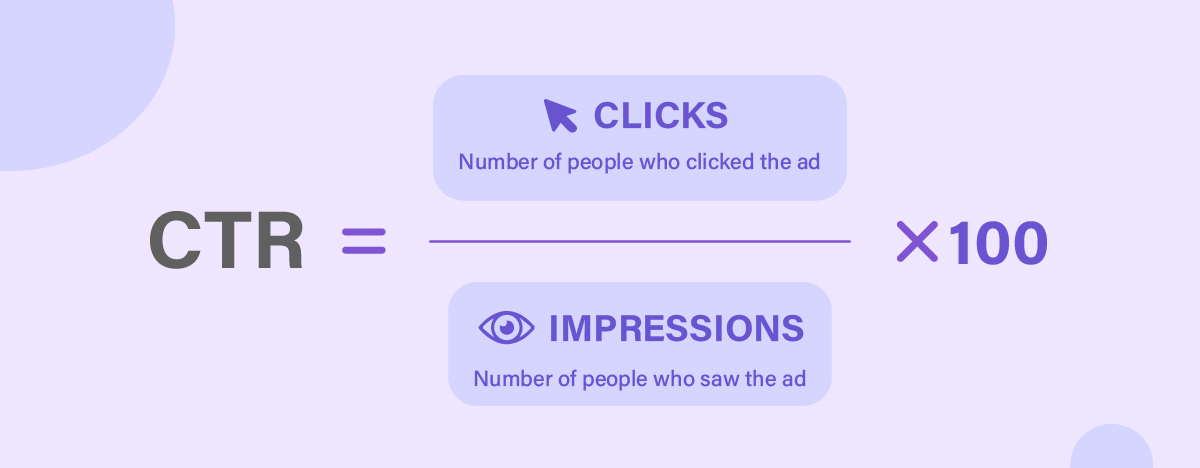
Click-Through Rate (CTR) quantifies the ratio of clicks to impressions, indicating content relevance.
This metric delves into user behavior beyond mere exposure, providing insights into audience responsiveness and interest. By analyzing CTR across different campaigns and platforms, businesses unveil preferences and tailor strategies accordingly.
CTR serves as a compass for refining content and campaign strategies. It directs efforts toward crafting enticing, value-rich offerings, boosting engagement and conversion rates. By tracking and optimizing CTR, brands heighten their ability to captivate audiences, foster meaningful interactions, and bolster overall customer engagement and satisfaction.
6. Referral Rate
Referral Rate, a cornerstone in the landscape of customer engagement metrics, stands as a testament to the power of positive customer experiences. This metric quantifies the proportion of customers who actively refer a product or service to others, showcasing their enthusiasm and satisfaction. A high referral rate signifies not only content customers but also a thriving network of brand advocates.
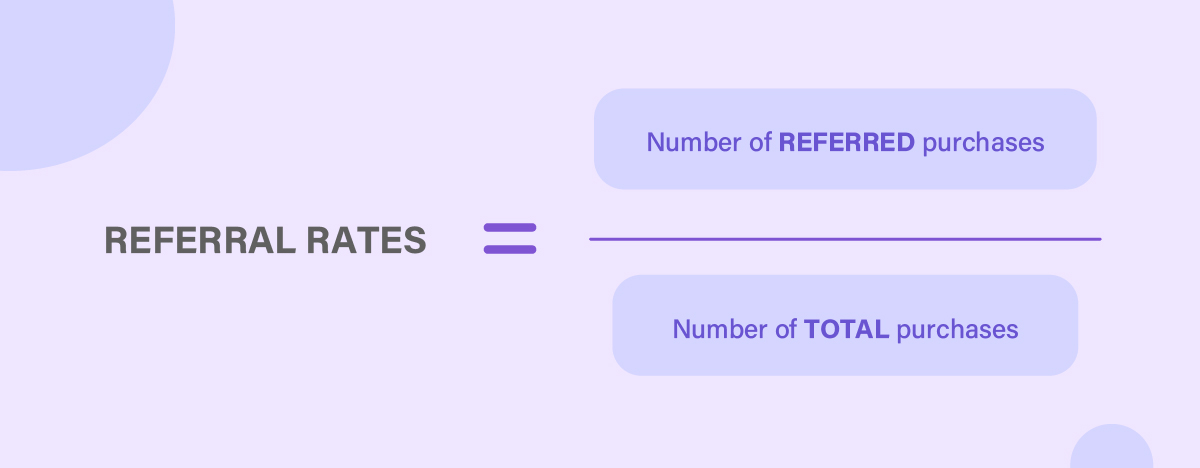
Referral Rate counts customers who refer products, indicating satisfaction and brand advocacy.
Referral Rate delves into the realm of word-of-mouth marketing, where delighted customers become active promoters. This metric offers insights into the resonance of a brand’s offerings, the loyalty it fosters, and the organic growth it achieves. By fostering a culture of exceptional customer experiences, businesses can elevate their referral rates, amplifying their reach and credibility through genuine customer endorsements.
5. Social Media Engagement Rate
In how to measure customer engagement, Social Media Engagement Rate emerged as a vital metric in the digital era, encapsulating the dynamic interplay between brands and their audiences. This metric gauges the level of interaction, encompassing likes, comments, shares, and clicks, that a brand’s social media content generates. A robust engagement rate denotes a resonance between content and audience preferences, reflecting genuine connections and fostering brand loyalty.
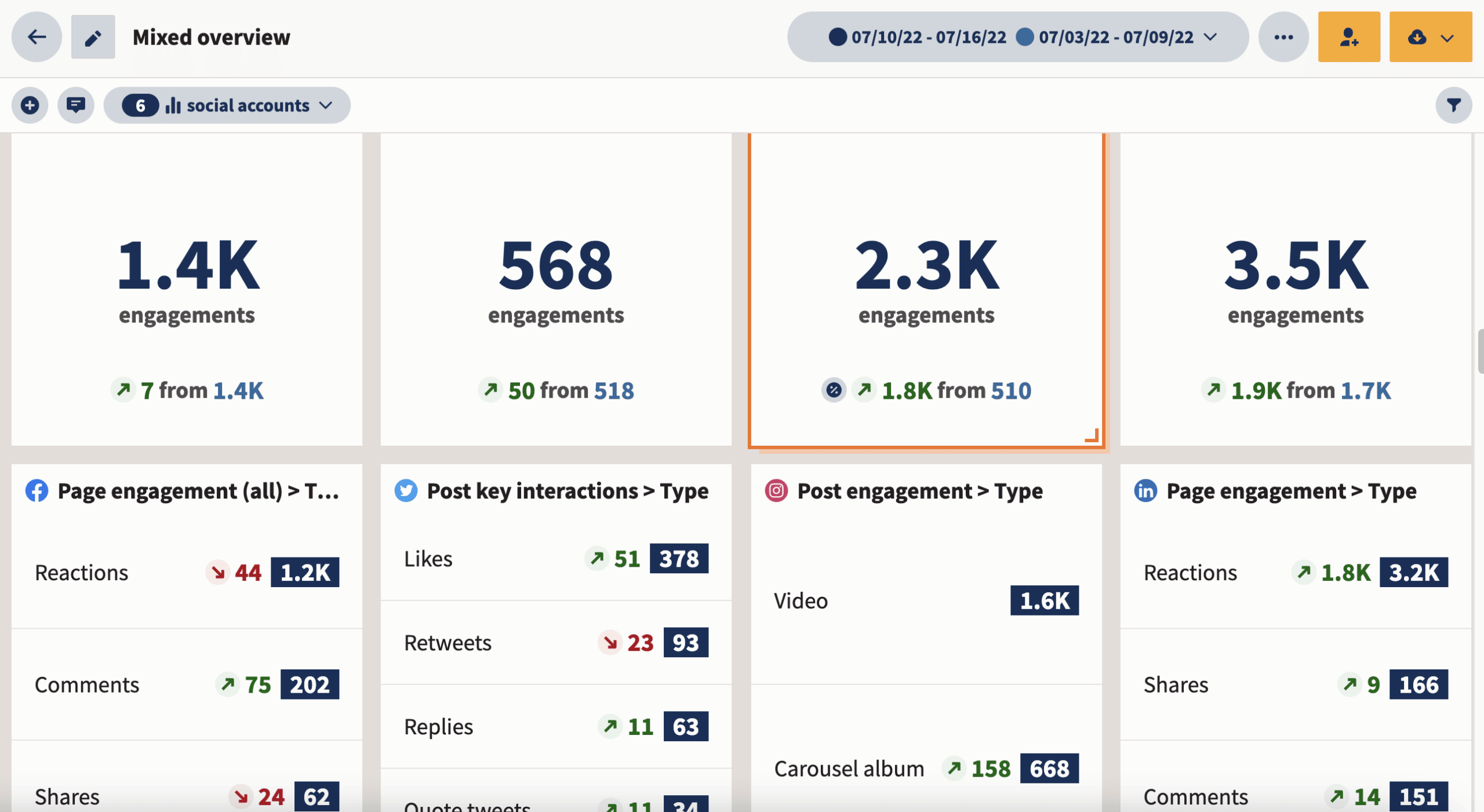
Social Media Engagement Rate quantifies interactions on social platforms to gauge content impact (source: Hootsuite)
Beyond user engagement metrics, Social Media Engagement Rate dives deep into the quality of interactions, spotlighting content that elicits meaningful conversations and shares. It serves as a barometer of content relevance, helping brands tailor their strategies for heightened engagement. This metric’s significance is underscored by its role in shaping brand perception, extending reach, and driving conversions.
4. Customer Satisfaction (CSAT)
Customer Satisfaction (CSAT) stands as a cornerstone among customer engagement metrics, epitomizing the essence of successful customer interactions. CSAT quantifies the level of contentment customers experience after engaging with a product, service, or brand. This metric is often measured through post-interaction surveys, providing a direct line into customers’ feelings and perceptions.
CSAT holds the power to shape brand loyalty and influence purchase decisions. High CSAT scores correlate with positive experiences, indicating that businesses are meeting or exceeding customer expectations. Conversely, low scores flag areas in need of improvement, allowing for targeted enhancements.
The value of CSAT extends beyond numerical values; it resonates with customer-centricity. By actively addressing feedback garnered from CSAT surveys, brands can refine their offerings, fortify relationships, and sustain enduring customer trust. CSAT is more than a metric; it’s a testament to a brand’s commitment to delivering exceptional value and nurturing lasting engagement.
3. Conversion Rate
Conversion Rate emerges as a pivotal metric in the realm of customer engagement metrics, epitomizing the transformation of interactions into tangible outcomes. It quantifies the percentage of visitors who take desired actions, such as making a purchase, signing up, or downloading content. This metric is a direct measure of the effectiveness of engagement efforts in driving bottom-line results.

Conversion Rate indicates the proportion of visitors taking desired actions, reflecting engagement effectiveness (source: Exit Bee Support)
Conversion Rate signifies the alignment between customer needs and brand offerings. A higher rate indicates compelling engagement strategies that resonate with audiences, guiding them seamlessly through their journey to conversion. Conversely, a lower rate unveils areas for optimization and refinement.
By scrutinizing Conversion Rates, businesses pinpoint touchpoints that convert browsers into buyers. This metric steers strategic decision-making, helping brands enhance user experiences, streamline processes, and ultimately boost revenue. It serves as a compass, steering engagement efforts toward not only capturing attention but also fostering meaningful, action-driven interactions.
2. Customer Retention Rate
Customer Retention Rate stands as a pivotal metric in the realm of customer engagement metrics, representing the bedrock of long-term business success. This metric quantifies the percentage of customers a company retains over a specific period, offering insights into the efficacy of its engagement strategies in nurturing ongoing relationships.
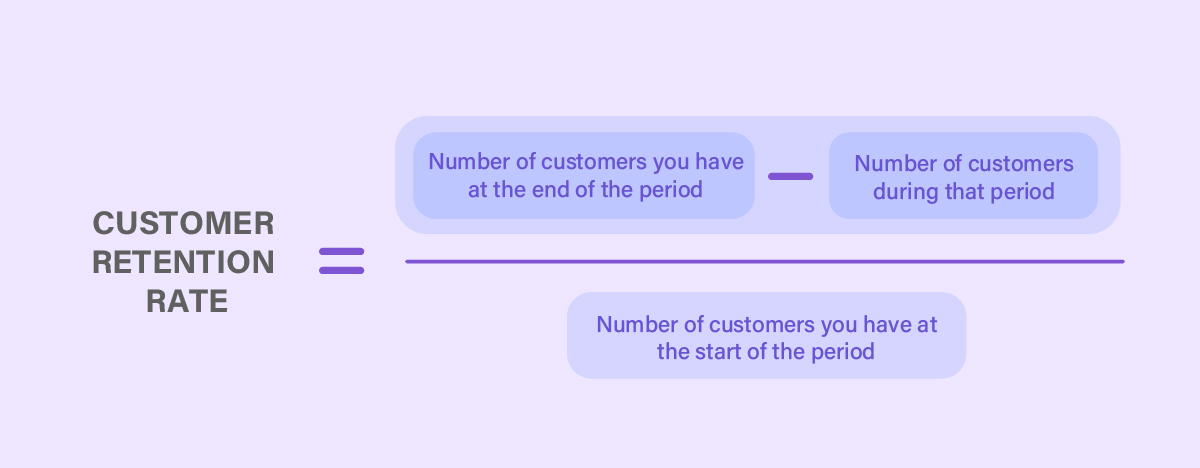
Customer Retention Rate tracks the percentage of customers staying, showcasing engagement success.
A high Customer Retention Rate underscores customer loyalty, indicating the ability to meet evolving needs and maintain satisfaction beyond initial interactions. It serves as a reflection of the brand’s trustworthiness, value delivery, and overall customer-centric approach.
Customer Retention Rate transcends mere transactional success, embodying the enduring impact of positive engagements. This metric propels the refinement of engagement tactics, aiming to fortify loyalty, foster repeat business, and cultivate a loyal customer base that becomes a powerful driver of sustained growth and prosperity.
1. Customer Lifetime Value (CLV)
Customer Lifetime Value (CLV) takes the throne as one of the paramount customer engagement metrics, encapsulating the holistic impact of engagement strategies. CLV quantifies the total value a customer generates throughout their relationship with a brand, encompassing purchases, referrals, and continued loyalty.
Unlike short-term metrics, CLV paints a comprehensive picture of engagement’s long-term effects. It unveils the return on investment for cultivating customer relationships, emphasizing the significance of quality interactions over mere transactions. High CLV signifies successful engagement that transforms customers into brand advocates.
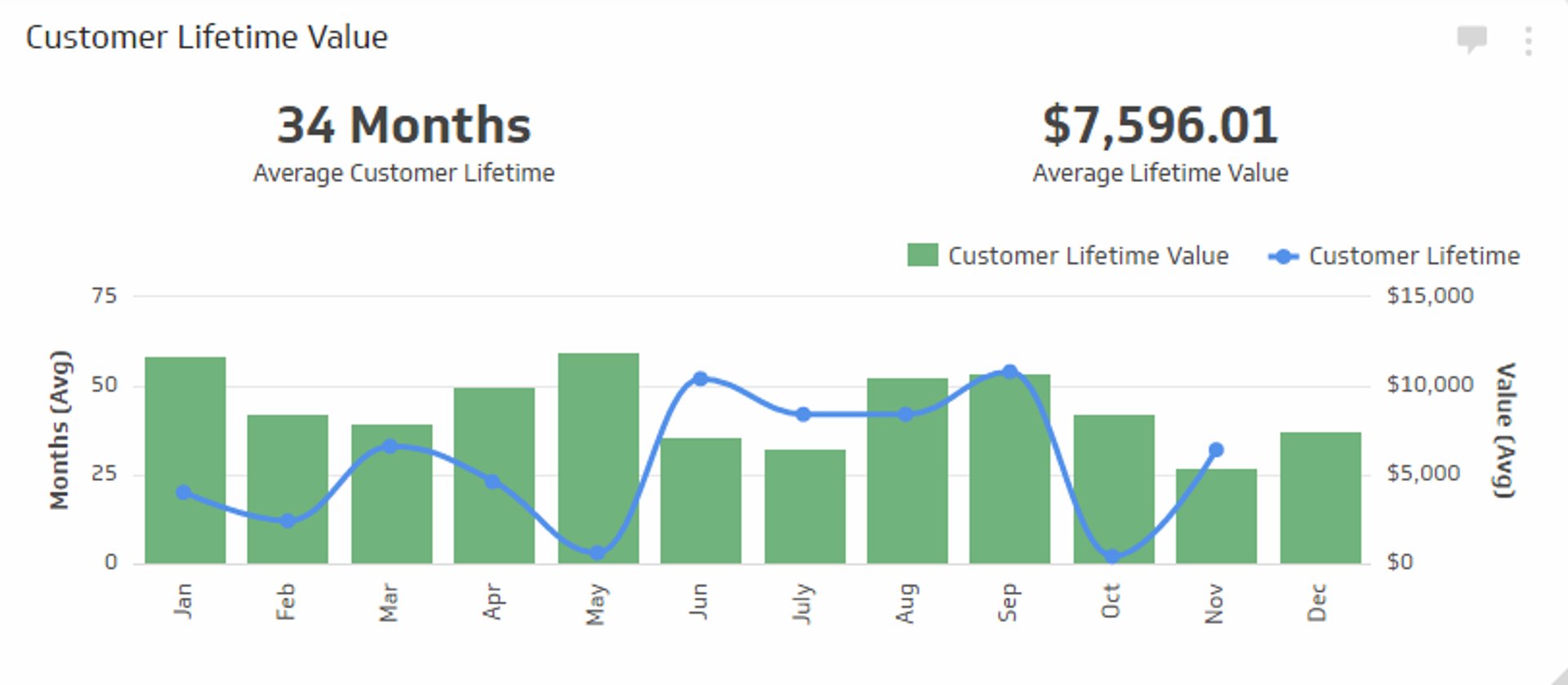
Customer Lifetime Value (CLV) sums a customer’s value over their relationship with a brand (source: Klipfolio)
By analyzing CLV, businesses make informed decisions about resource allocation, tailored offerings, and personalized experiences. This metric drives customer-centricity, promoting strategies that nurture enduring relationships. Ultimately, CLV is a beacon guiding brands toward sustainable success, where engagement transcends the present moment, fostering loyalty that sustains growth and propels brands toward continued prosperity.
Conclusion
Mastering the art of customer engagement has never been more crucial. The journey to success is paved with invaluable insights derived from a comprehensive set of metrics. By weaving together these top 10 customer engagement metrics, businesses cultivate meaningful connections, steer decisions with precision, and navigate the road to lasting success in a customer-centric landscape.

